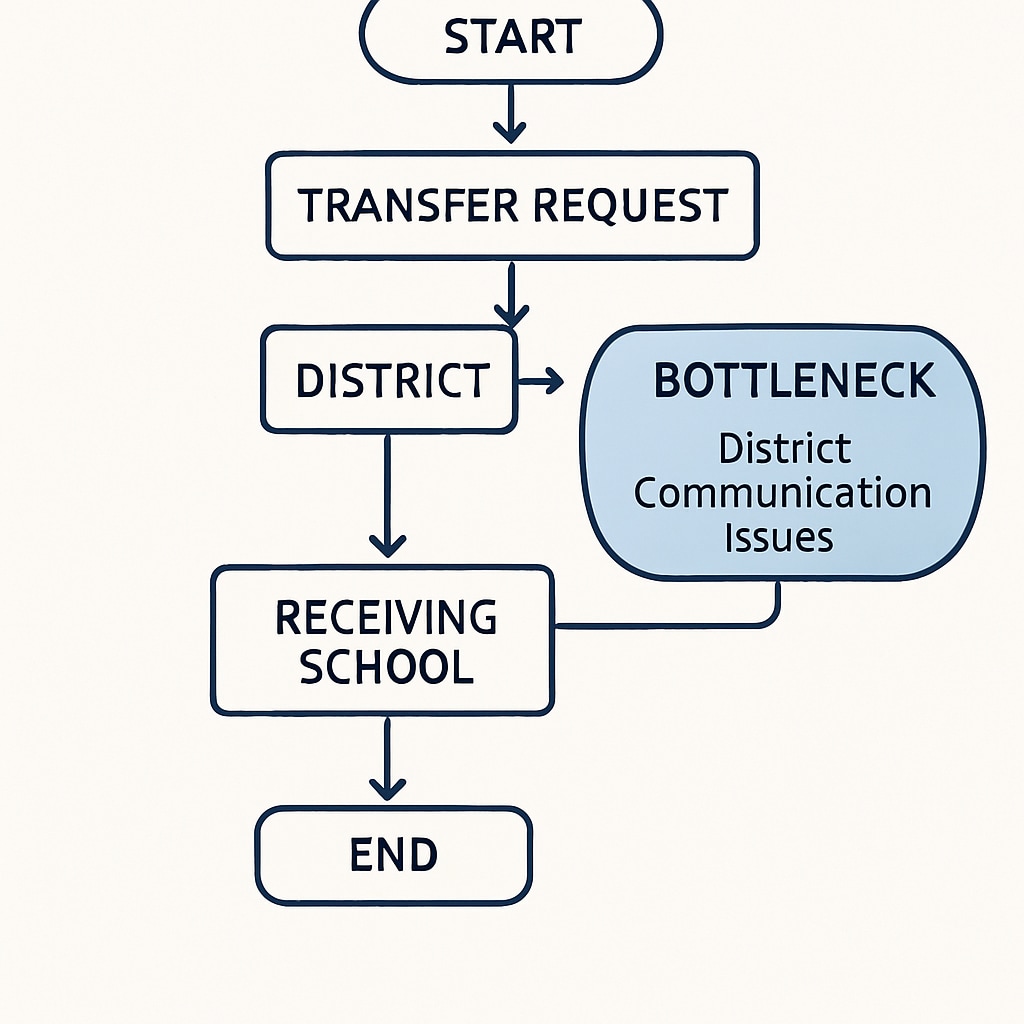School choice policies, designed to empower families to select the best educational options for their children, face significant challenges due to district interference. Issues such as school discrimination and barriers in district communication often prevent students from successfully transferring to their desired schools. These obstacles not only undermine the promise of educational equity but also limit parental rights in tailoring their children’s education.

Understanding School Choice and Its Implementation
School choice refers to policies that allow families to select schools outside their zoned district, including public, charter, and private institutions. This concept aims to address disparities in education quality and offer tailored learning environments. However, while the idea is noble, its implementation is often fraught with administrative hurdles.
For example, some districts delay or deny transfer requests, citing resource limitations or bureaucratic constraints. In other cases, families report outright discrimination, where students from lower-income backgrounds or minority groups face additional scrutiny during the application process.
Barriers such as these discourage families from pursuing transfers, effectively trapping them in underperforming schools. According to a study by the EdChoice Organization, administrative resistance is one of the top reasons families abandon school choice efforts.
District Communication: A Key Challenge
Effective communication between school districts is essential for processing student transfers. Unfortunately, breakdowns in district communication often lead to unnecessary delays or outright denials. In some cases, districts fail to respond to transfer requests promptly, leaving families in limbo.
Moreover, some districts intentionally complicate the process by requiring excessive documentation or imposing arbitrary deadlines. Such tactics not only overwhelm families but also discourage them from exercising their rights under school choice policies.

Ensuring Educational Equity and Family Rights
To address these challenges, policymakers and school administrators must take actionable steps to ensure fairness and transparency in school choice processes. Some key recommendations include:
- Standardized Processes: Implement clear, uniform guidelines for transfer applications to reduce administrative discretion and biases.
- Accountability Measures: Require districts to report transfer statistics publicly, including approval rates and reasons for denial.
- Improved Communication: Develop centralized platforms for inter-district communication, ensuring timely responses to transfer requests.
- Legal Protections: Strengthen laws to protect families from discrimination and ensure their rights are upheld throughout the process.
By adopting these measures, states can create a more equitable school choice system that truly serves the needs of all students.
The Role of Advocacy and Awareness
Advocacy organizations and community groups play a critical role in addressing school choice challenges. Raising awareness about district interference and promoting legal reforms can drive systemic change. For example, initiatives like the National School Choice Week campaign highlight success stories and expose barriers faced by families.
Additionally, families must be educated about their rights and the resources available to navigate transfer processes. Workshops, online tools, and legal advisors can empower parents to advocate for their children’s education effectively.
In conclusion, while school choice offers incredible opportunities for educational growth and equity, its success depends on addressing systemic barriers like district interference and communication issues. By prioritizing transparency, fairness, and family empowerment, policymakers can ensure that every student has access to the education they deserve.


